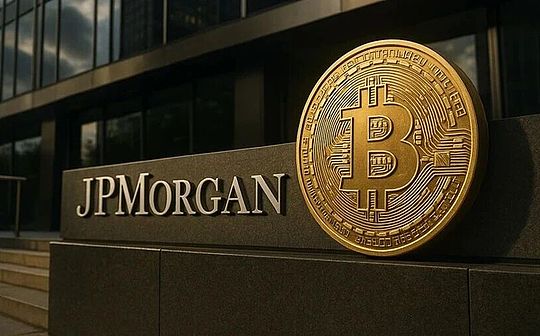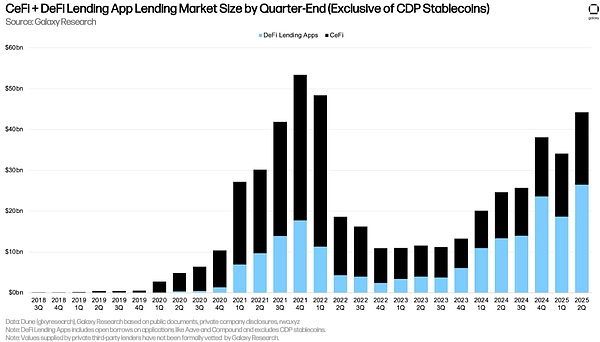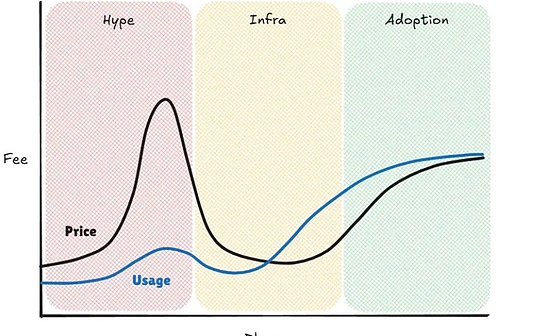
After years of tension between cryptocurrencies and traditional finance, a symbolic shift is taking place within the world’s largest banks.
JPMorgan Chase & Co. is reportedly preparing to allow institutional clients to use Bitcoin and Ethereum as collateral for cash loans.
This means that the bank’s borrowers can pledge the two largest cryptocurrencies by market capitalization, and the related assets will be held by approved third-party custodians such as Coinbase..
The program is expected to be launched by the end of 2025.
This move is ironic.The financial giant’s CEO, Jamie Dimon, is a well-known cryptocurrency critic who has previously described Bitcoin as a “fraud.”
But growing demand in the emerging industry of cryptocurrency forced him to support companies launching related products.
A new chapter in digital collateral
This move by J.P. MorganpossibleWill quietly rewrite the boundaries between digital assets and regulated credit markets.
According to data from Galaxy Research, as of June 30, the total outstanding loans of centralized finance reached US$17.78 billion, a month-on-month increase of 15% and a year-on-year increase of 147%.

If decentralized lending is included,Total cryptocurrency-backed credit balances reached $53.09 billion in the second quarter of 2025, the third-highest level in history.
The data reflects a structural shift: as digital asset prices rise, lending activity increases in tandem.
The trend has tightened credit spreads, making loans more attractive to traders and corporate finance departments.
In addition, companies have also begun to use cryptocurrency-collateralized lending to finance operations, replacing equity issuance with debt secured by digital assets.
In this context, JPMorgan Chase’s entry is not so much an experiment as it is a decisive move by this institution to “catch up with its peers” in an emerging industry.
In this regard, cryptocurrency researcher Shanaka Anslem Perera estimates that this model can be used by hedge funds, corporate finance departments, and large asset management companies.Unleashing $10 billion to $20 billion in immediate lending capacity.
These institutions want to obtain USD liquidity without having to sell their cryptocurrency tokens.
In practical terms, this means that companies can now raise capital with digital assets in the same manner as borrowing against U.S. Treasuries or blue-chip stocks.
The significance of JP Morgan’s move
While crypto-collateralized lending has become more common among decentralized finance (DeFi) protocols and smaller centralized finance lenders,But JP Morgan’s involvement “institutionalized” this model.
The bank’s entry signals that digital assets are mature enough to meet the standards of the global financial industry in terms of compliance, custody and risk management.
Matt Sheffield, chief information officer of Ethereum-focused financial firm SharpLink, believes,This development could reshape how asset managers and funds manage their balance sheets.
“To date, many traditional financial institutions that rely on bank transactions have had to choose between holding Ethereum spot and other positions,” he said.
“The world’s largest investment bank is setting out to change that. By borrowing against positions held by third-party custodians, institutions can build more profitable investment portfolios and increase the value of collateral assets.”
at the same time,This decision also strengthens JPMorgan Chase’s overall layout in the cryptocurrency field.
Over the past two years, the bank has built Onyx, a blockchain-based settlement network that has processed billions of dollars in tokenized payments and explored digital asset buyback transactions.
Accepting Bitcoin and Ethereum as loan collateral completes the closed loop of “issuance-settlement-credit”, with these three links all relying on blockchain infrastructure.
Based on this,SheffieldIt is predicted that the move will trigger a “competitive chain reaction” among large banks.He pointed out:
“This will create a wave. For large institutions, the ‘first to move’ approach is a strong deterrent. After the risk is reduced,Other banks will follow and without action they will lose competitiveness.”
Currently, competitors such as Citigroup and Goldman Sachs have expanded their digital asset custody and repurchase businesses; BlackRock has included tokenized treasury bonds (BUIDL) into its fund ecosystem;Fidelity doubled the number of employees in its institutional cryptocurrency unit this year.
Opportunities and challenges coexist
Despite Wall Street’s growing acceptance of digital assets, challenges remain.
Banks involved in this market must contend with the inherent volatility of cryptocurrencies, uncertainty over the treatment of regulatory capital, and ongoing counterparty risk, all of which limit their efforts to expand crypto-collateralized lending operations.
U.S. regulators have yet to issue clear capital weighting guidelines for digital collateral, leaving institutions to rely on conservative internal models.type.Even if custody risks are managed by third-party custodians, regulatory oversight is expected to remain stringent.
Nonetheless, the industry’s trajectory is clear;Digital assets are gradually integrated into the structure of global credit markets.
Bitcoin analyst Joe Consoerti said these moves indicate:“The global financial system is slowly reallocating collateral around the highest quality assets known to mankind.”





